A few years back I spent a week Herping Florida. This gave me the opportunity to see how invasive species are affecting native ones, especially in suburban areas. Keeping reading to find out what I saw.
Last updated on December 14th, 2022 at 12:27 pm
Florida is one of the top destinations for herping in US, and the globe as a matter fact. You can find everything from little-known colubrid snakes to crocodilians. Despite this, it isn’t all fun. If you go to Florida now, you will see an ever-increasing number of invasive species.
Why is Florida a great place for herping?
Situated at the south-eastern extreme of the continental US, Florida has a subtropical climate. Cape Sable, in Monroe county is in fact the southernmost point of the US mainland, being on the same latitude as the Bahamas.
Coupled up with the typically humid climate of the south-eastern US, this southern lattitude provides year-round warmth and abundant water. All-in-all this makes southern Florida a region with high arthropod productivity, high plant productivity, and the possibility for herps to be active for most of the year.
These factors combine to make Florida home to three kinds of reptiles that you can’t find anywhere else in the US.
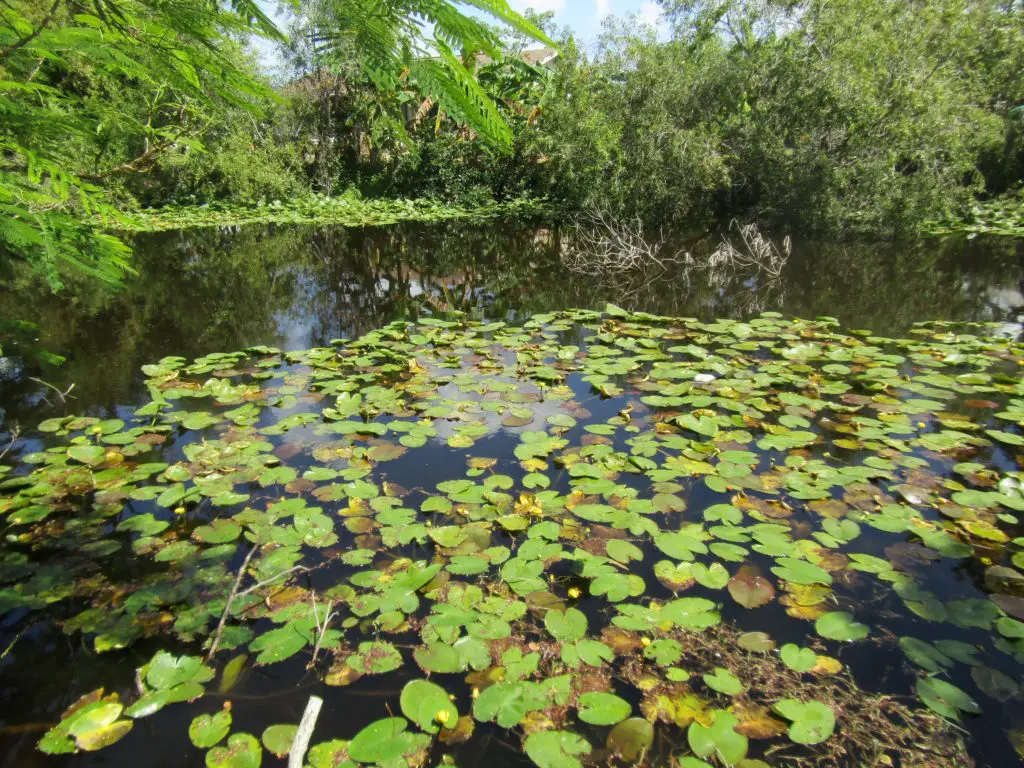
Florida is home to some unique reptiles
First are the typical North American species that have become separate, endemic species or subspecies due to clinal variation and geographical separation (past or present) from their northern relatives. In this category you’ll find the Short-tailed Snake (Lampropeltis extenuata), which only lives in sandy areas of central Florida.
The second kind are the tropical species living at the northern-most periphery of where their genus or species can survive. A great example of this group is the American Crocodile (Crocodylus acutus). This species island hops to anywhere that’s warm enough for it live and settles in. Another example is the Eastern Indigo Snake (Drymarchon couperi), North America’s largest colubrid.
Last, but not least… The third kind of unique herps in Florida are the invasive species. Introduced from pretty much everywhere, they are quite literally out of control. Most people agree that there are at least 40-60 of these species on the loose in Florida.
Of these species the most famous is of course the Burmese Python (Python bivittatus). A large, heavy-bodied snake, they inspire fear and make great headlines.
The problem with big, scary invasive species is that they distract us from the little, “harmless” invasives that are doing major damage. Many people outside of Florida know little about the damage done by Cuban Treefrogs, for example.
In this post we’re going to take a closer look at four of these small invasives I found during the trip, and how they’re affecting local species.
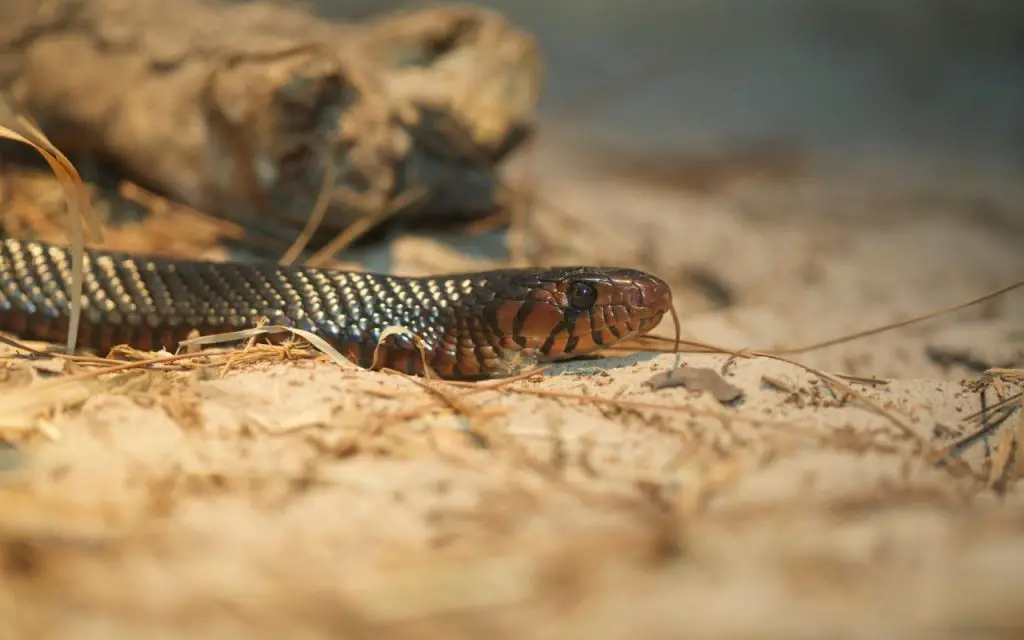
The Eastern Indigo Snake (Drymarchon couperi) is an unique species from Florida and Georgia, that also happens to be America’s largest snake. Sadly it has been wiped out accross most of its range.
What makes this even more sad is that this species play an active role in controlling invasives by eating juvenile Burmese Pythons.
The four most abundant invasive species I found
I could talk about Floridian wildlife all day, but the purpose of this article is to look at the most numerous invasive species I found there. After all, they’ve spread like wildfire, and we still have little precise knowledge of what impact some of them are having.
Let’s check out the top 4…
1. The Knight Anole (Anolis equestris)
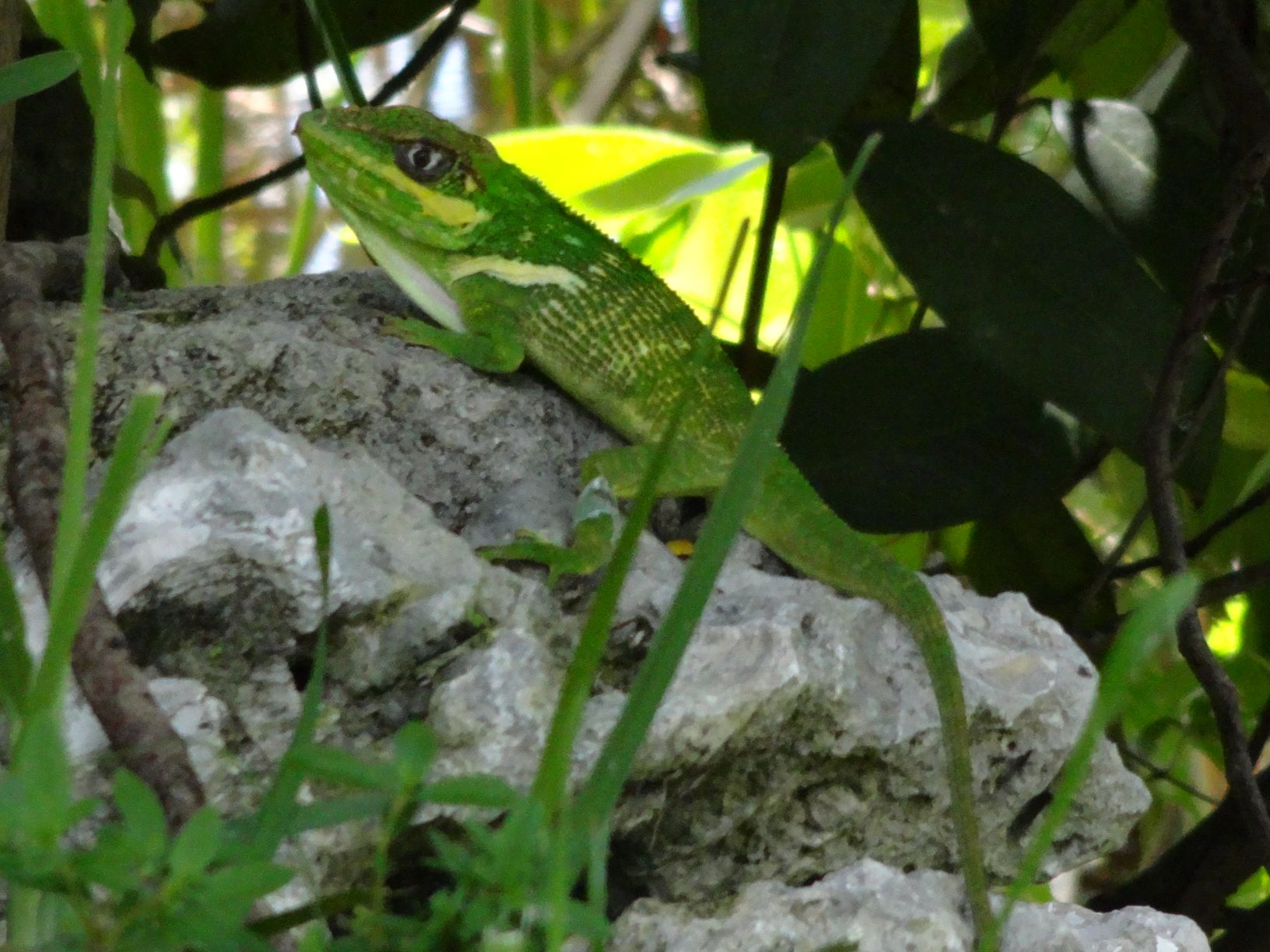
Introduced to Florida from Cuba, this is one of the biggest of all Anole species. With a skeletal appearance to their head, they have a generally mean look about them.
They used to have a reputation as an aggressive species, but once you get past their appearance, most Knight Anoles are actually pretty chilled out. In fact, I found them to be slow moving and easy to handle.
How destructive is the Knight Anole?
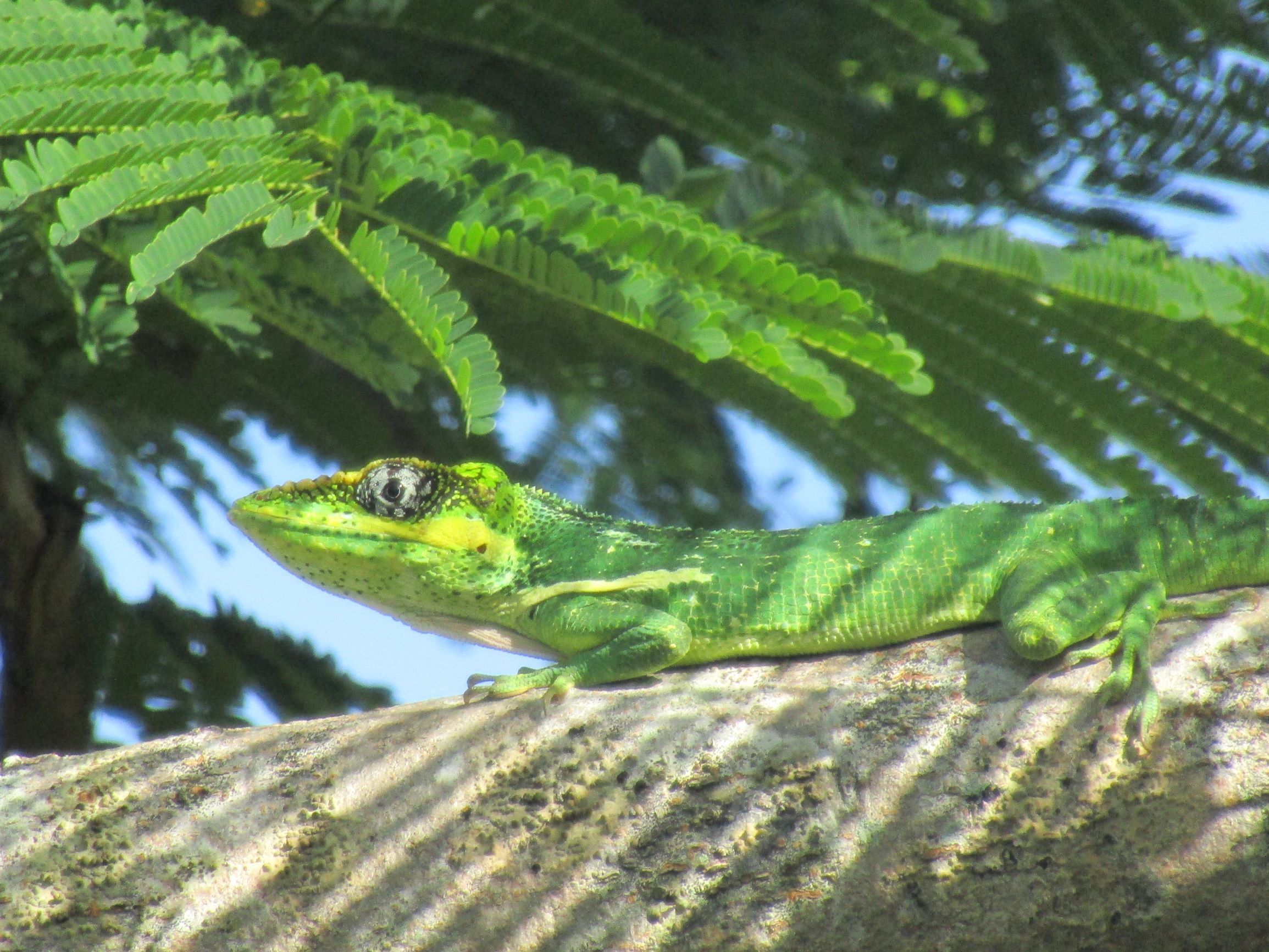
During the trip I found five of these guys in two trees next to a small pond but failed to turn any up in the local park or surrounding neighbourhood. Despite this, reports of their presence are widespread in southern Florida. Fortunately, I was renting the house next to the pond, so was able to observe them for several hours each day.
What I will say is that I only spotted one on the ground. Obviously, my observations are by no means a thorough survey, but the species did appear to be mostly sticking to the arboreal niche that it occupies in its native Cuba.
What intrigues me is how they are interacting with other arboreal species. Accounts of their voracious appetite and tendency to prey on other lizards are common in online sources. From what I saw on this trip, however, they were far from agile, and not nearly as aggressive as expected.
I find it more likely they simply eat a lot of bugs and fruit, both of which are abundant and can be snapped up with little effort.
Time will tell, but I’m still unsure of how damaging this invasive species is. My main concern is whether they prey on the Green Anole (Anolis carolinensis) which is already under pressure from the Brown Anole (Anolis sagrei), which we’ll discuss shortly.
2. The Cuban Treefrog (Osteopilus septentrionalis)
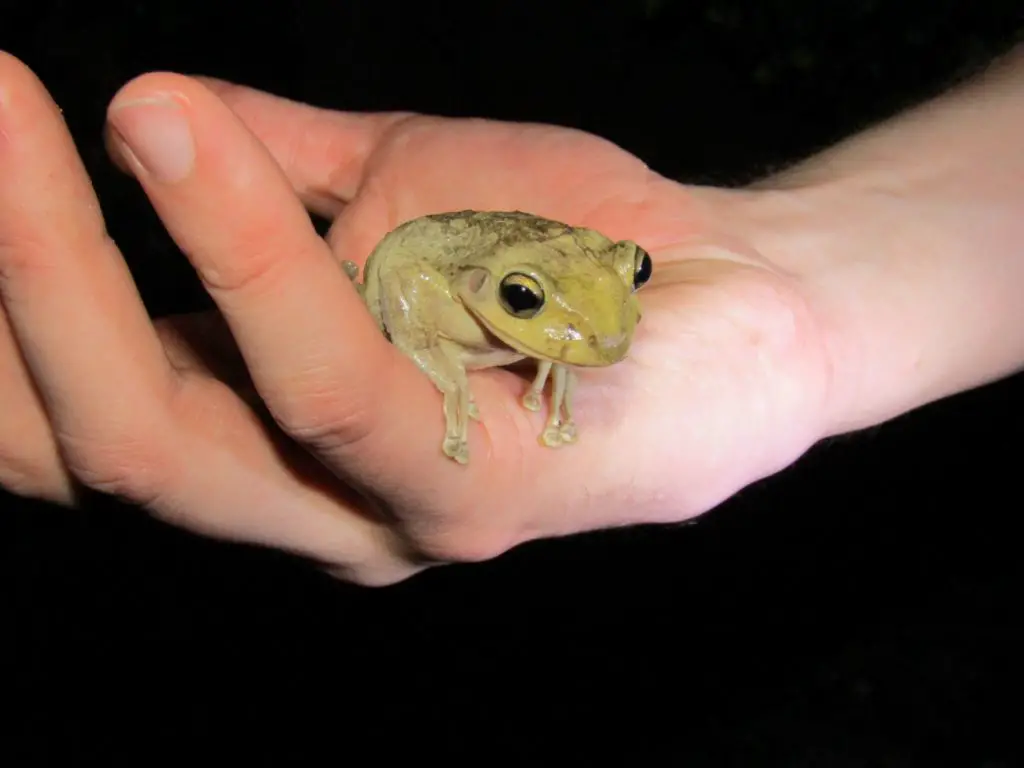
This species has the typical treefrog poison in its skin mucus. From experience, I can tell you that if you handle one and forget to wash your hands – then eat a sandwich – you’re in for a bad time!
I can only imagine that’s why they were so chilled out, and so numerous. These guys were everywhere around the house and street. In potted plants, next to door, on tree trunks, on the side of the house, in the bushes… The only place I didn’t find them was on the ground.
Even more surprising was the fact that they didn’t bother to try to get away if you picked them up. They were without a care in the world.
Given this laid-back attitude, it’s hard to imagine the devastating impact they have on local species. Unfortunately, they are in fact widely reported to enjoy snacking on native treefrogs, wiping them out in some areas.
From what I saw, I have to say I believe it. I didn’t see one Green Treefrog (Dryophytes cinereus) on my trip, despite surveying for hours each day and night. This was the first time I have been to the south-eastern US and not been able to find a Green Treefrog!
3. The Brown Anole (Anolis sagrei)
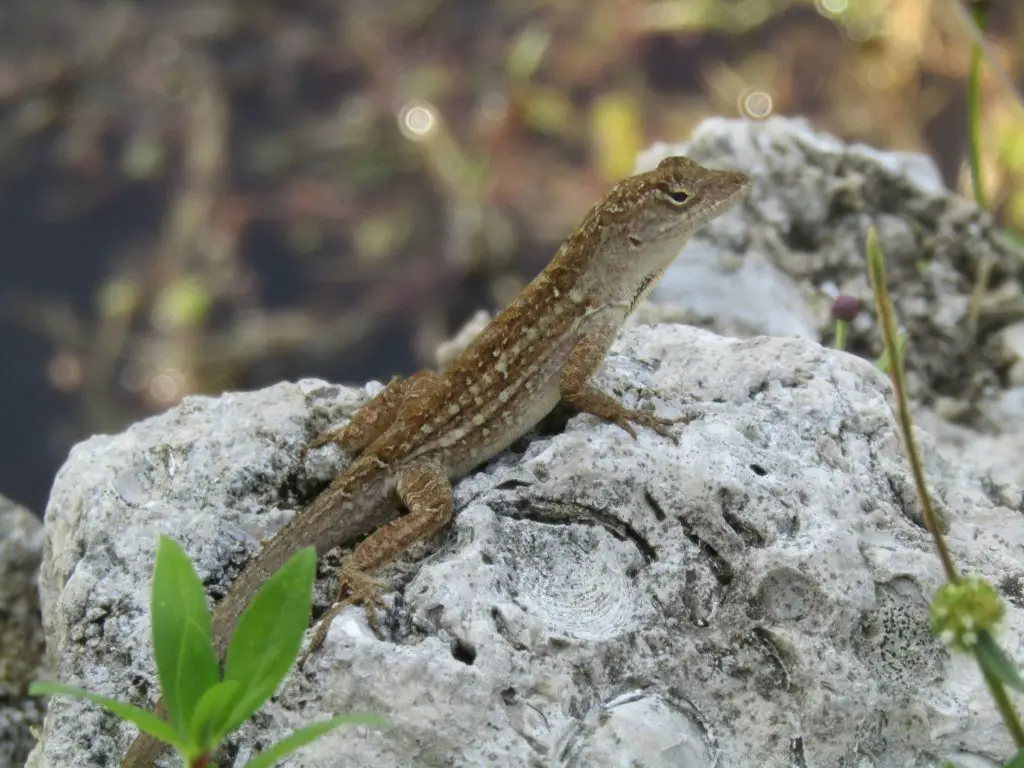
Anoles are an extremely successful group of neotropical Iguanids, ranging from the US to South America. They’ve radiated and speciated to fill every niche and habitat type available, though most are arboreal or semi-arboreal.
Before the introduction of invasive species, the only North American species was the Green Anole (Anolis carolinensis). This species is a beautiful light green to dark brown, and can change colour depending on its mood, or perhaps in response to temperature. Mainly arboreal, they do (did) also occupy territories on the ground or low shrubs.
The Brown Anole (Anolis sagrei) was introduced to Florida at some point in the early 20th century. More aggressive, it quickly took over the Green Anoles’ terrestrial territories and pushed them into a completely arboreal way of life.
These days the Brown Anole can be found all the way from the Florida Keys to south-east Georgia. On this trip I surveyed a patch of rocks next to a pond and found roughly 1.5 Brown Anoles per 1m3 – a surprisingly high density.
Again, this wasn’t a thorough survey. It was surprising to see this population density though. Perhaps not so surprising was that I only found one Green Anole. They may have taken to the tree tops to survive, but they don’t seem to be as abundant as when I was a kid. Perhaps their terrestrial territories were important to them after all.
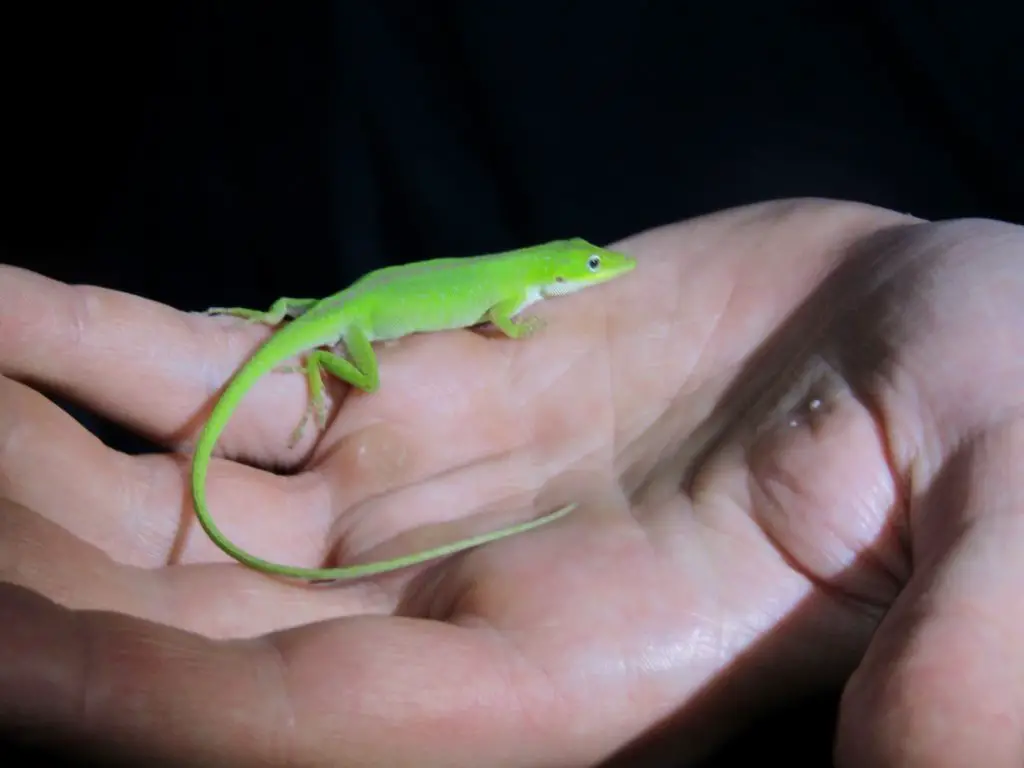
4. The Green Iguana (Iguana iguana)
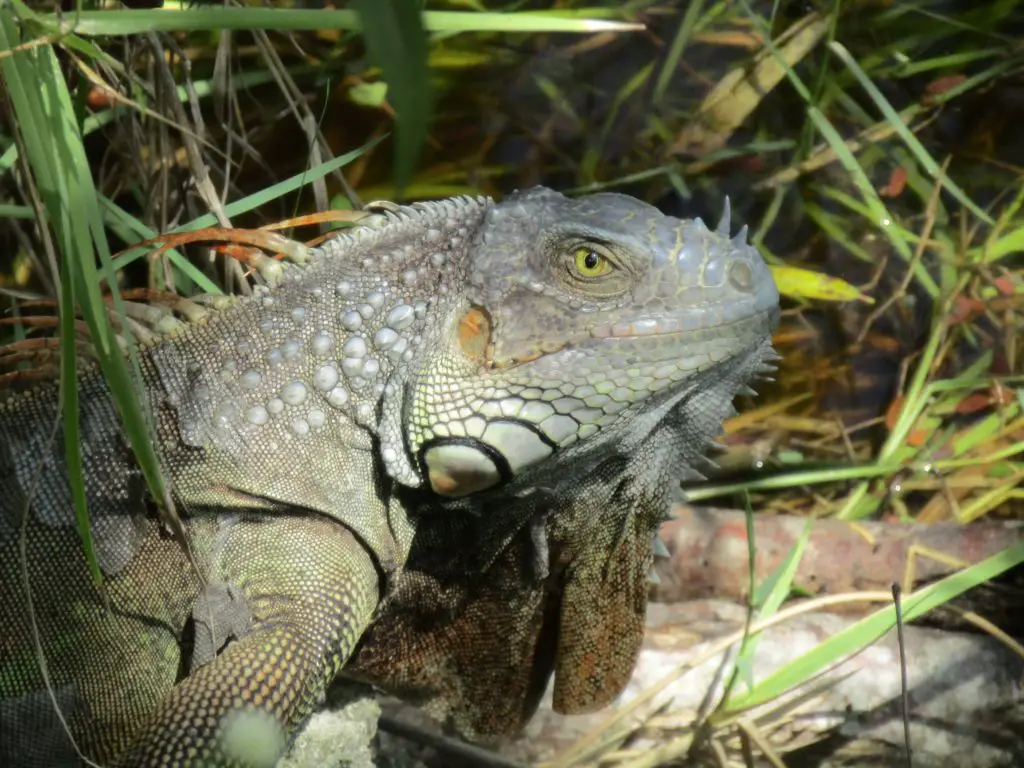
OK so this lizard isn’t what everyone would call “small”, but I’ve included it here because it is small compared to the oh so famous Burmese Python. Moreover, this prehistoric-looking, majestic lizard was one of my favourites from the trip.
If you love reptiles, you can’t help but like Green Iguanas. Unfortunately, in this scenario they are a damaging invasive species. In the neighbourhood I was in, there appeared to be roughly two adult Iguanas per yard and at least one young Iguana per tree.
The adults were big, healthy animals that appeared to genuinely be thriving. A lot of attention has been given to the huge numbers that have died during cold spells, but something tells me a population doing this well will simply adapt over time. Hopes of them dying out in Florida from the occasional wintery spell are probably wishful thinking.
Now that they are well established, Iguanas are attracting a lot of attention. Their fondness for eating ornamental plants and digging up gardens if a fence gets in their way doesn’t help. Though they also enjoy eating some native plants, the extent of their impact probably won’t be determined for years to come.
I really enjoyed, finding “wild” Iguanas, how could I not? My concern, however, is whether they carry specific diseases or parasites transmissable to native species.
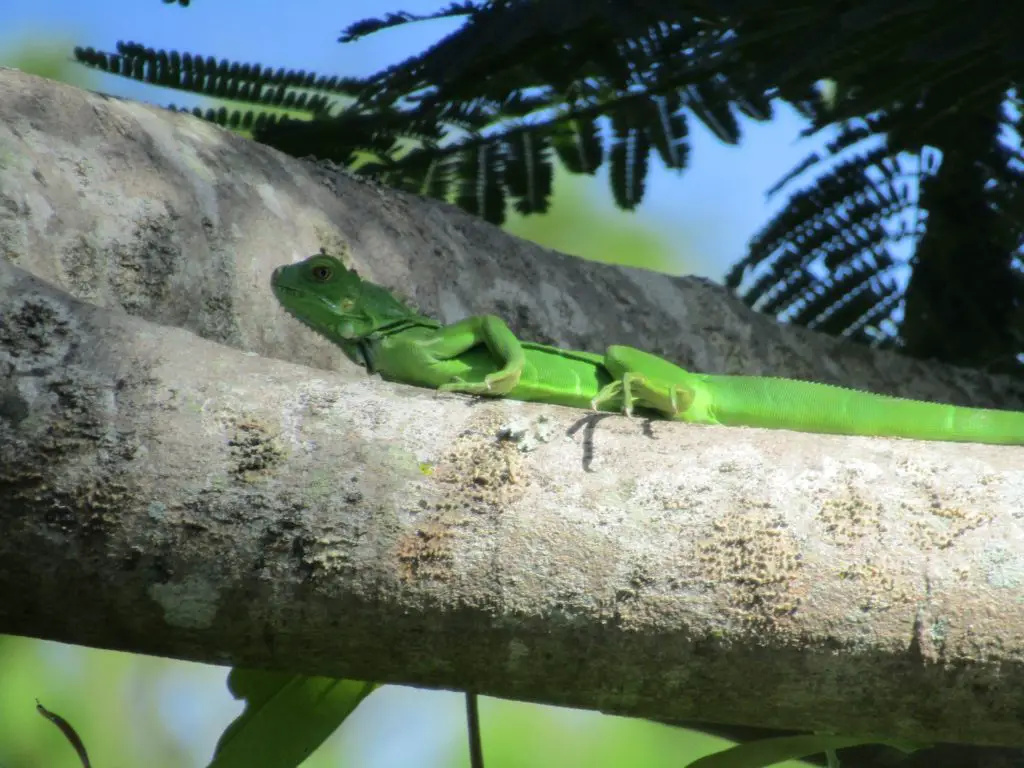
Herping Florida. How does it stack up?
If you’ve read my Tips for Herping post, you know that I consider the south-eastern US a herping sweet spot. Reptiles are abundant, and you can find a lot with minimal effort. The only real draw back is that you need to rent a car to make the most of it.
Notwithstanding, when it comes to herping Florida this trip was just the tip of the iceberg. I had a very narrow focus and a limited area to explore. Though I encountered lots of the native species, such as Water Snakes, Ringneck Snakes, Corn Snakes and Skinks, I didn’t have time to focus on them.
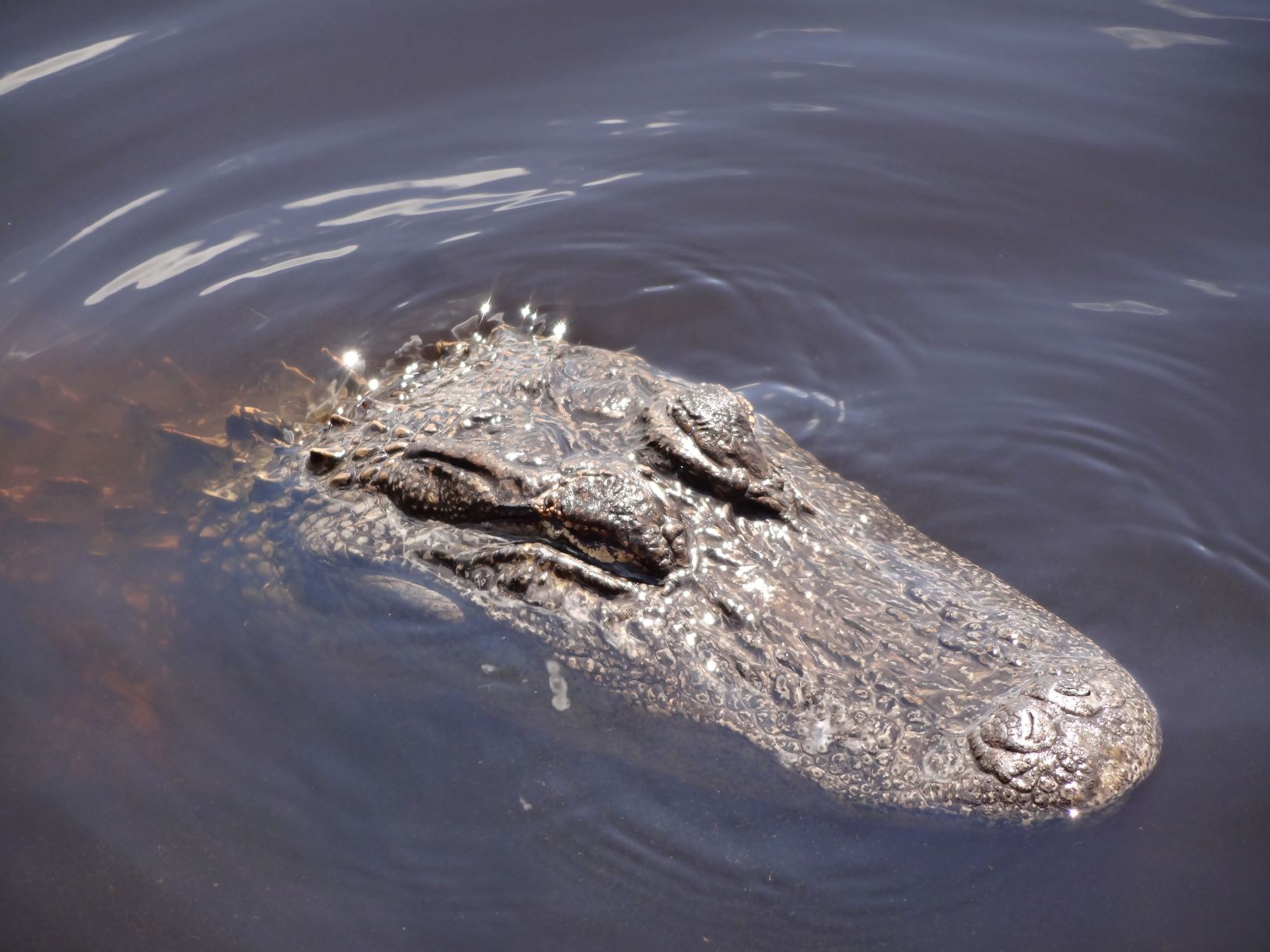
If you plan on going on a herping trip to Florida, make sure you decide what your focus is before going. To focus on endemic specious like the little Short-tailed Snake I mention in the introduction, central and northern Florida could be better than the south.
If you wish to focus on invasive species, then I suggest the areas around Miami and Naples. They are everywhere surrounding these cities.
As far as invasive species go, we’re going to hear about culls and efforts to control them for years to come. And let’s face it, we’re already accustomed to videos of some herpers squeezing pythons by the throat and telling us that they’re catching them for environmental reasons. All the while smiling from ear to ear…
Evidently, this kind of media coverage is bad news for responsible herpers and reptile keepers. It also draws attention away from the small invasive species that are arguably doing just as much damage.
Invasive species may never be under control
My gut feeling is that controlling the established invasive species in Florida is going to be almost impossible.
Many of these species are pets that managed to escape, so this is something we have to be honest about. At the same time, banning reptiles as pets would probably make more people likely to simply keep them illegally.
We obviously need a pragmatic solution. Perhaps favouring pet species with no potential for invasiveness is the best way. After all, there are plenty of great desert dwelling reptiles that simply wouldn’t do well in humid Florida. In this case, us hobbyists need to play our part before our rights are simply taken away from us.
As for the culls, I wouldn’t have the stomach for killing thousands of iguanas and other beautiful herps. Especially when I know long-term success is extremely unlikely (just ask the non-native Cane Toads that live in Australia!).
I wonder how long it is before others start to feel the same way. What will happen then?
As a herping destination, I rate Florida as follows:
- Species richness: 7/10
- Herp population density: 10/10
- Peripheral and endemic species: 8/10 (when including species peripheral or endemic to south-eastern US)
- Safety, food, and ease of travel: 5.5/10
For more information on herping Florida I suggest visiting: Field Herp Forum
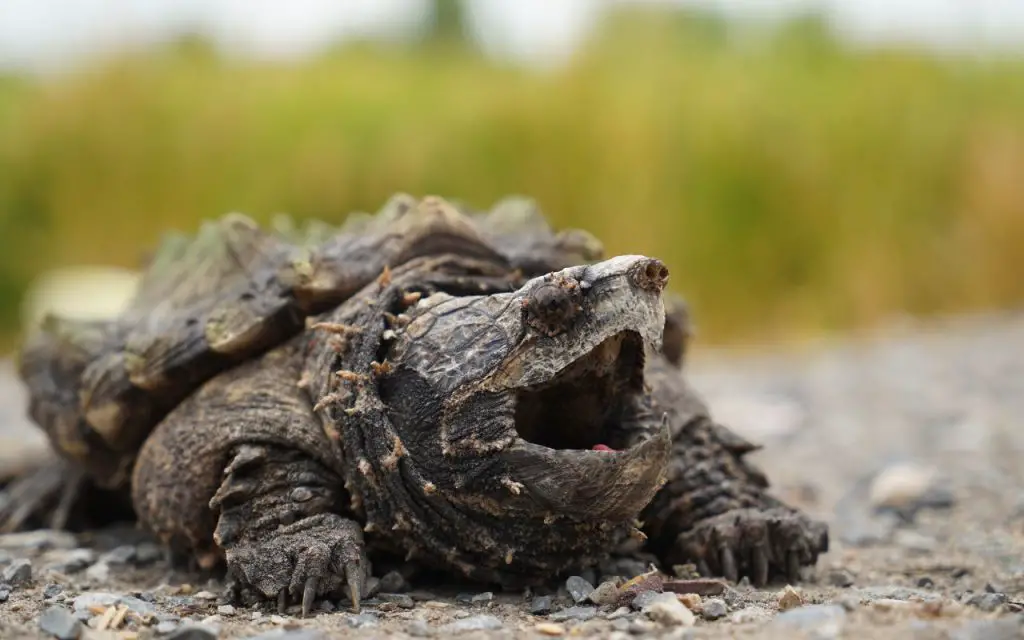
FAQ relating to herping in Florida:
What is Herping in Florida?
Herping simply refers to the hobby of finding reptiles and amphibians in the wild. When done respectfully, this involves looking for places where they like to bask or feed and observing or photographing them without harming them.
What is a Herp reptile?
“Herp” is a popular term for reptiles or amphibians, particular amongst enthusiast keepers and those who look for them in the wild (hence the term “herping”). The word originated from the old Greek word herpetón, which was used to denote any creeping, crawling animal.
Though this sounds a little less than complimentary, it was later adapted into the word herpetology, which refers to the scientific study of reptiles and amphibians.
Is Herping legal in Florida?
Herping is legal for purposes of photography or simple observation in most parts of Florida. However, herping, and road cruising in particular are illegal in the Everglades National Park.
Moreover, some species are heavily protected in Florida. You can observe them, but never disturb them or obstruct in any way. Two of these species include the Gopher Tortoise and the Eastern Indigo Snake.
